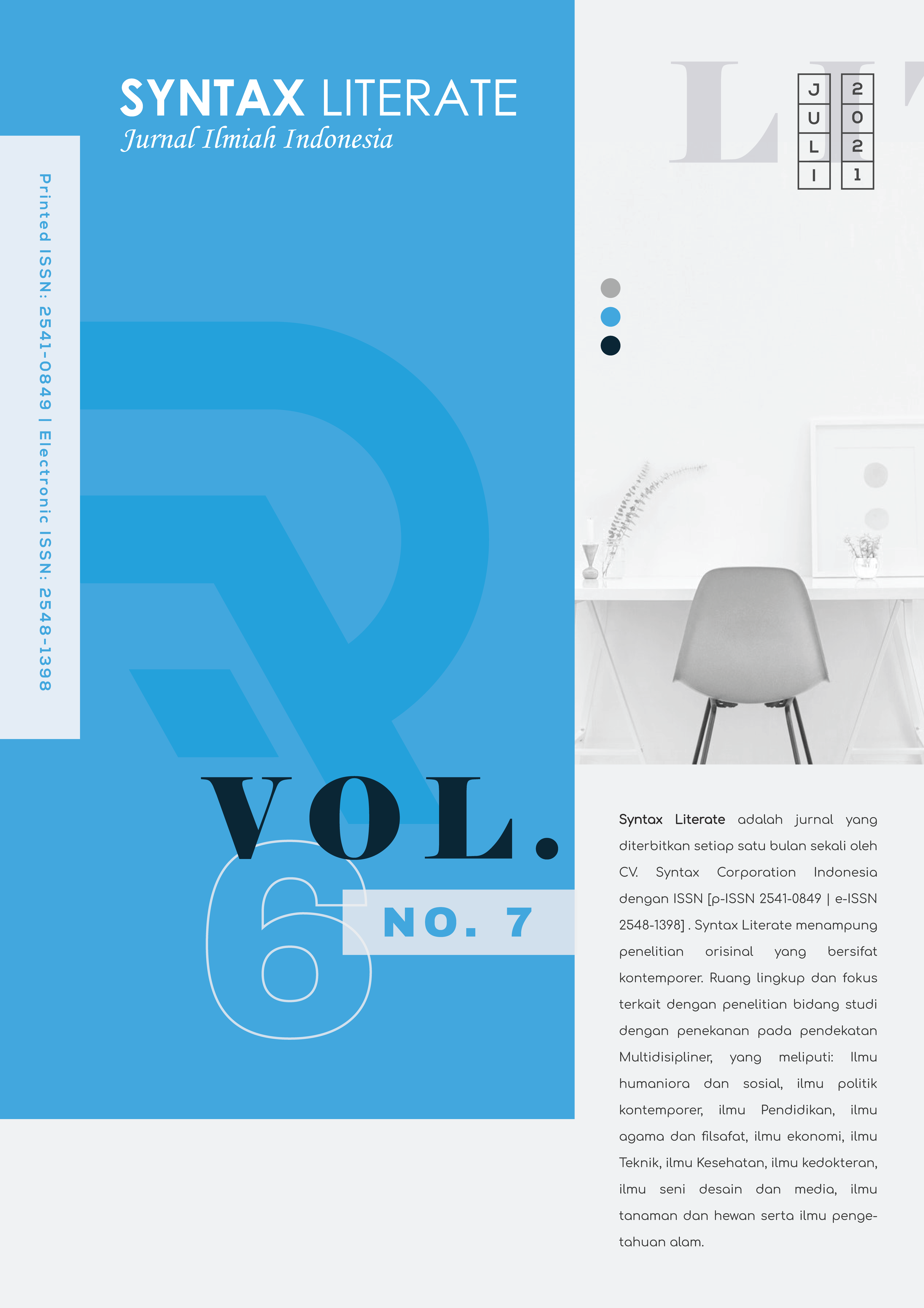Derivational Affixes Intontemboan Language
Abstract
The Tontemboan language is one of the regional languages in Minahasa. This language has two dialects namely Makela’I and Matana’i. The purpose of this writing is to describe one side of the morphological process of Tontemboan language, in particular, Makela’I dialect, which is focused on Derivational affixes in Tontemboan language, their arrangement, and combination with other morphemes to form words, and their function. In conducting this research, the writer uses the qualitative method. In collecting data she used several techniques: Observation, interviewing, and analyzing written texts were used to collect and analyze data. The informants are choosing according to certain criteria, they came from the Motoling Barat Region. The result is there are 6 Derivational prefixes, those are :prefix {ma-} { paka -} ,{ta -}, {ka -},{pa -} {maka -},2 Derivational infixes, they are:Infix { – in –}, Infix { – um –}, 1 Derivational suffix { – an }, 4 Derivational Confixes they are: { ka-an }, {pa-an},{maka – em }, {maka – em }, {um-em}. Derivational affixes change the word class of their base form. It is expected that the result of this writing could be a contribution to the teaching of language, in particular the Tontemboan language.
Downloads
Copyright (c) 2021 Rinny Rorimpandey

This work is licensed under a Creative Commons Attribution-ShareAlike 4.0 International License.











